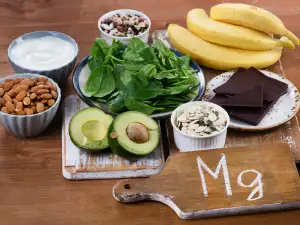The Glycemic Index is an indicator of how quickly a food causes our blood sugar to rise.
This measure ranks foods on a scale from zero to 100. High glycemic index foods (GIs) are quickly digested, leading to a rapid rise in blood sugar.
These foods rank high on the GI scale often, but are not always high in processed carbohydrates and sugars. Pretzels, for example, have a glycemic index of 83.
Meanwhile, low GI foods are digested at a slower rate and cause a slower rise in blood sugar levels. They are usually rich in fiber, protein and / or fat.
Examples include apples with a GI of 28, Greek yogurt with a GI of 11 and peanuts with a GI of 7. Keep in mind that a low GI does not mean that the food is high in nutrients. You will also need to choose healthy foods.
Combine a high GI food with a non-greasy steak or salmon slice, a broccoli garnish and a salad with vinaigrette and the protein, fiber and fat will help lower the GI of the dish.
One limitation of GI values is that they do not reflect the likely amount you would eat from a particular food.
For example, watermelon has a GI value of 80, which would put it in the category of food that should be avoided. But watermelon has relatively few digestible carbohydrates in one serving.
In other words, you need to eat a lot of watermelon to significantly raise your blood sugar.

















Comments